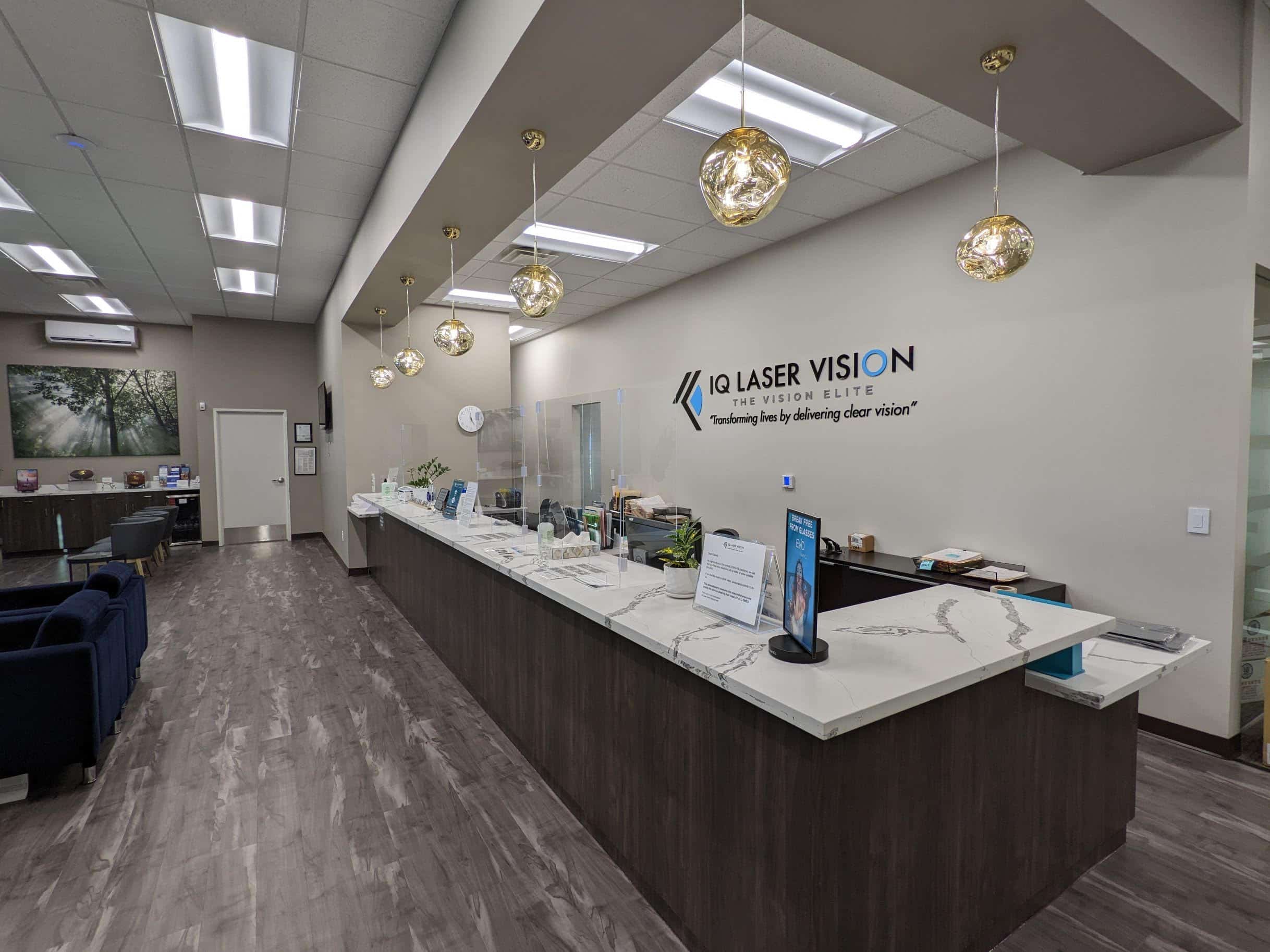
Myopia, commonly referred to as nearsightedness, is a widespread vision condition that disrupts the clarity of distant objects. While close-up elements appear sharp, faraway details become blurred and indistinct. This visual anomaly occurs because the eye’s shape prevents light rays from focusing accurately on the retina, the light-sensitive layer at the back of the eye.
Warning Signs of Myopia: When Should You Be Concerned?
If you suspect you or someone you know might have myopia, recognizing the following symptoms is crucial:
- Blurred Vision in the Distance: This is the hallmark symptom of myopia. Distant objects, such as people, signs, or scenery, appear hazy and out of focus. The degree of blurriness can vary depending on the severity of myopia.
- Squinting: A common compensatory mechanism to improve visual clarity. Squinting helps to narrow the eyelids slightly, which can alter how light enters the eye and provide a temporary improvement in distant vision.
- Eyestrain and Headaches: The extra effort exerted by the eyes to focus at a distance can lead to eyestrain and headaches. These symptoms are often more pronounced after prolonged periods of near vision tasks like reading, working on a computer, or using electronic devices.
- Difficulty Seeing at Night: Some nearsighted individuals may experience difficulty seeing clearly in low-light conditions, such as during nighttime driving. This phenomenon is known as night myopia.

Beyond the Blur: Understanding the Causes of Myopia
The exact cause of myopia remains under investigation by eye care professionals. However, it is believed to be a combination of genetic and environmental factors.
- Genetics: Myopia often runs in families, suggesting a hereditary component. If one or both parents have myopia, the child has a higher chance of developing it as well.
- Environmental Factors: Increased near vision activities, such as extensive reading or screen time, may play a role in myopia development. Spending less time outdoors has also been linked to a higher risk of myopia.
Regaining Clarity: Effective Treatment Options for Myopia
Fortunately, myopia is a highly treatable vision condition. Here are some common treatment options:
- Eye refractive: Eye refractive are the most common and affordable way to correct myopia. They contain corrective lenses that help focus light rays accurately on the retina, resulting in clear vision.
- Contact Lenses: Contact lenses offer a convenient alternative to Eye refractive. They are thin, curved plastic discs that are worn directly on the cornea, the clear dome-shaped surface at the front of the eye. Contact lenses provide a wider field of view and can be more comfortable for some activities.
- Refractive Surgery: Refractive surgery is a permanent solution for myopia. These procedures reshape the cornea to improve the eye’s focusing ability. LASIK is a common type of refractive surgery for myopia.
Early detection and proper treatment are essential for managing myopia effectively. If you are experiencing any of the symptoms mentioned above, we encourage you to take advantage of our free consultation. Visit iqlaservision.com to schedule your appointment and receive expert advice from our eye specialists. With the right treatment plan, you can achieve clear vision and enjoy the world around you in focus.























